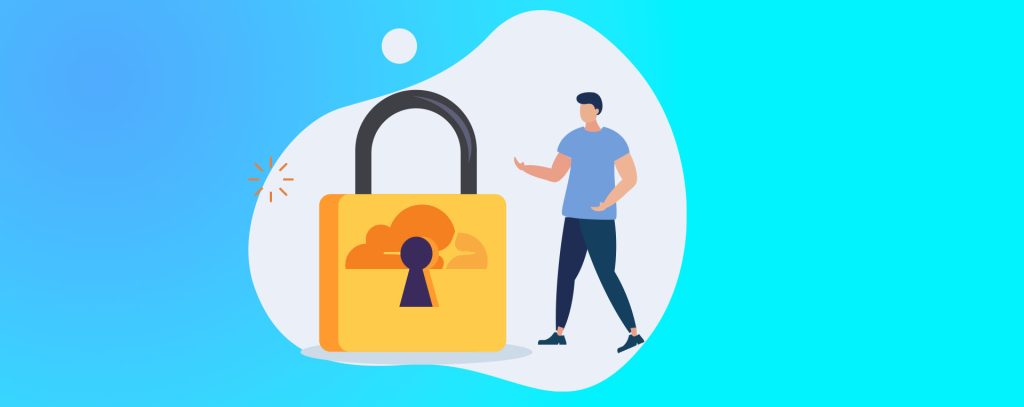
In today’s digital landscape, website security is more important than ever. Hackers and cybercriminals are constantly looking for ways to exploit vulnerabilities in websites, making it essential for website owners to take proactive measures to protect their online presence.
Cloudflare is a popular content delivery network (CDN) and security provider that offers a range of security features to help keep websites safe. In this guide, we will explore Cloudflare’s security features and how they can help keep your website safe from cyber threats.
- Web Application Firewall (WAF)
A web application firewall (WAF) is a security solution that protects web applications from various types of cyber attacks, including SQL injection, cross-site scripting (XSS), and cross-site request forgery (CSRF).
Cloudflare’s WAF is a highly customizable security feature that can be configured to suit the unique needs of each website. The WAF includes pre-configured security rulesets that can be easily enabled to protect against common web application vulnerabilities.
Additionally, Cloudflare’s WAF includes a feature called “Managed Rules,” which are continuously updated to protect against emerging threats. Managed Rules are maintained by Cloudflare’s security team and provide additional protection against known vulnerabilities.
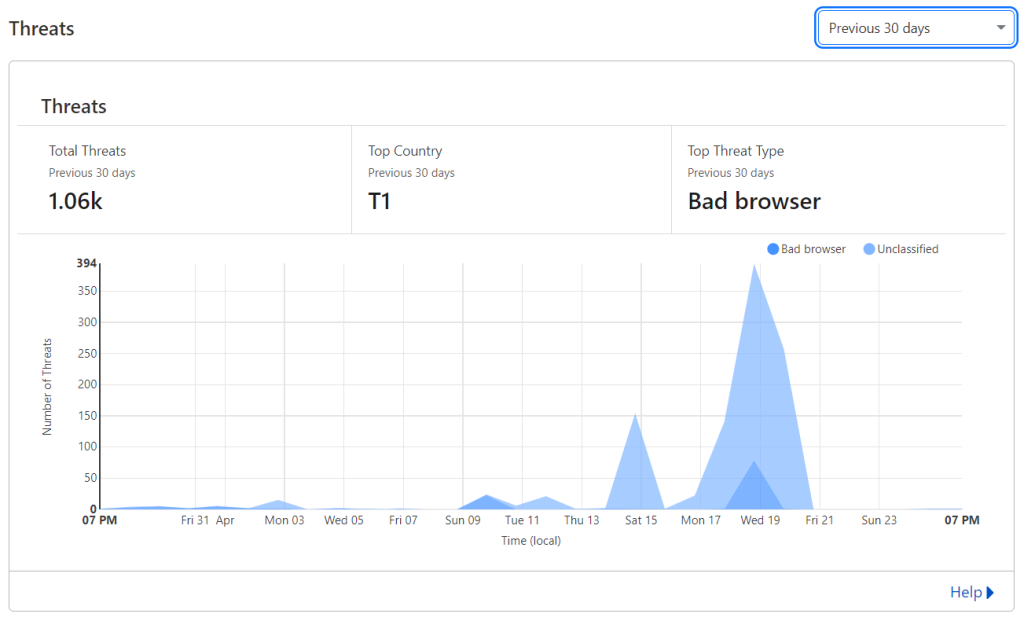
- SSL/TLS Encryption
SSL/TLS encryption is a security protocol that encrypts data sent between a user’s browser and a website’s server. Encryption ensures that sensitive information, such as login credentials and credit card numbers, cannot be intercepted and read by cybercriminals.
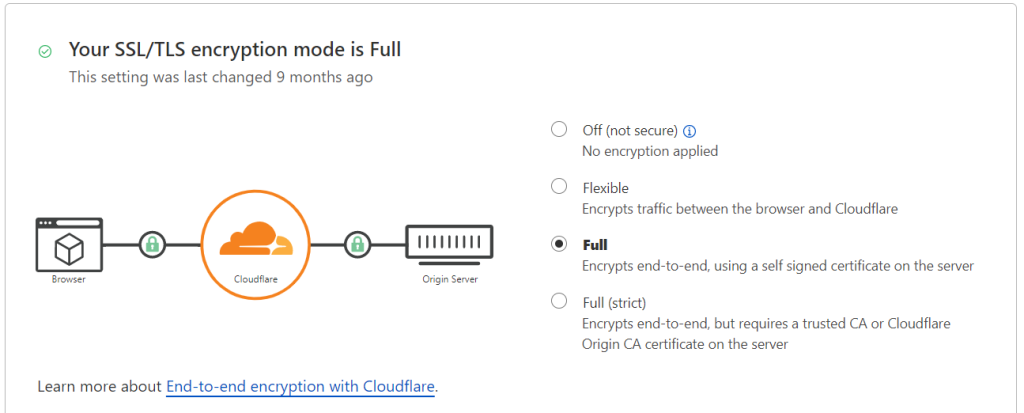
Cloudflare offers SSL/TLS encryption for all websites using its services, including both free and paid plans. Cloudflare’s SSL/TLS encryption is easy to set up and includes support for modern encryption standards, such as TLS 1.3.
- Content Delivery Network (CDN)
A content delivery network (CDN) is a network of servers that are distributed around the world to deliver content to users more quickly and efficiently. By caching website content on multiple servers, CDNs can reduce the amount of time it takes for a website to load and improve the user experience.
Cloudflare’s CDN is highly optimized for speed and can significantly improve website performance. In addition to speed benefits, Cloudflare’s CDN can help protect against DDoS attacks by absorbing the attack traffic and mitigating its impact on the website’s server.
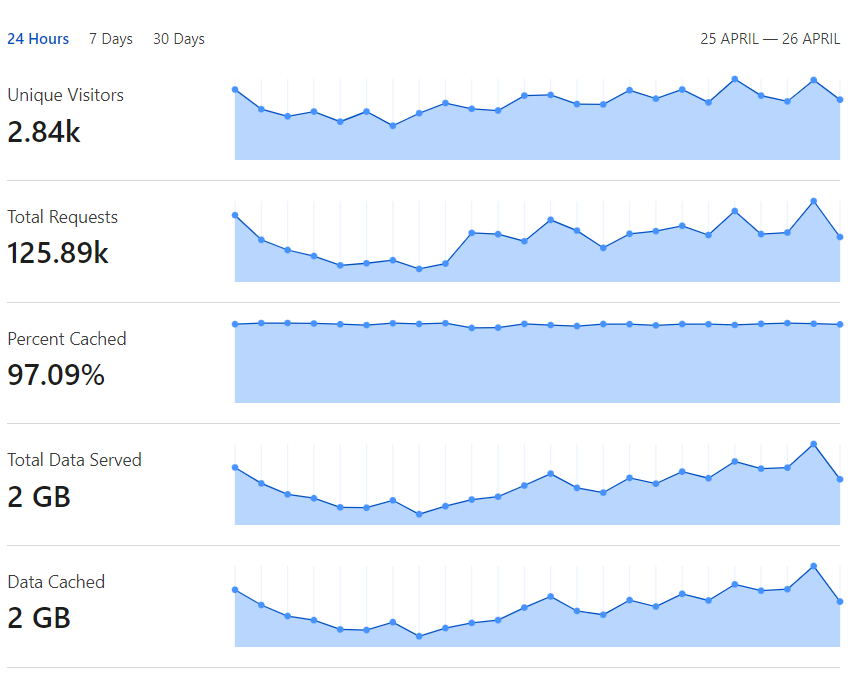
- Access Control
Access control is a security feature that helps control who has access to a website’s resources. With access control, website owners can limit access to certain parts of their website, such as the administrator dashboard or sensitive user data.
Cloudflare’s Access control features allow website owners to control access to their website using a range of authentication methods. Access control features can be customized to suit the unique needs of each website, including support for multi-factor authentication.
- Rate Limiting
Rate limiting is a security feature that helps prevent abuse of a website’s resources by limiting the number of requests that can be made in a certain time period. By limiting the number of requests, rate limiting can help prevent DDoS attacks, brute-force attacks, and other types of abusive behavior.
Cloudflare’s rate limiting feature allows website owners to set limits on the number of requests that can be made to their website’s resources. Rate limiting rules can be customized to suit the unique needs of each website, including support for whitelisting and blacklisting.
- DDoS Protection
A distributed denial of service (DDoS) attack is a type of cyber attack that attempts to overwhelm a website’s server with traffic, making the website inaccessible to legitimate users. DDoS attacks are a common type of cyber attack and can be difficult to mitigate without proper protection.
Cloudflare’s DDoS protection features use a combination of advanced security technologies to detect and mitigate DDoS attacks in real-time. These technologies include:
- Anycast network architecture: Cloudflare’s global network of servers is designed with an anycast architecture, which allows traffic to be routed to the nearest server. This helps to distribute traffic and prevent it from overwhelming a single server.
- Network-level mitigation: Cloudflare’s network-level DDoS mitigation technology is designed to detect and mitigate attacks at the network layer before they reach the website’s server. This includes protection against both volumetric and protocol attacks.
- Application-level mitigation: Cloudflare’s application-level DDoS mitigation technology is designed to detect and mitigate attacks at the application layer, including layer 7 attacks such as HTTP floods and slowloris attacks.
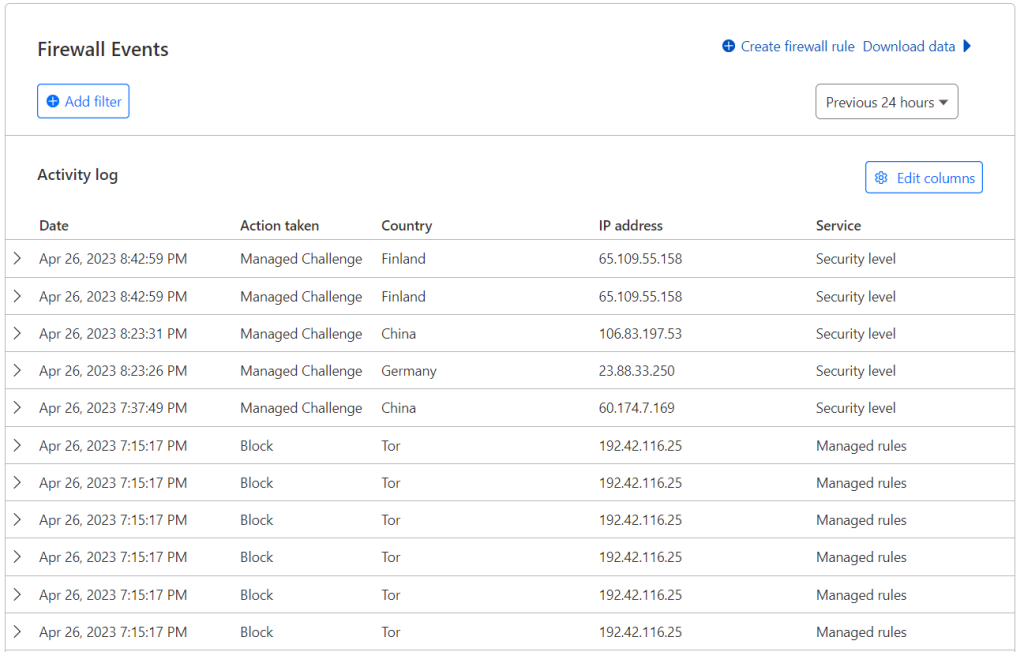
- Bot Management
Bots are automated scripts that are used to perform various tasks on the internet, including web scraping, data mining, and automated login attempts. While some bots are harmless, others can be used for malicious purposes, such as launching DDoS attacks, stealing sensitive data, and spreading malware.
Cloudflare’s bot management features use advanced algorithms and machine learning to detect and mitigate malicious bots in real-time. These features include:
- Bot detection: Cloudflare’s bot management technology can detect and categorize bots based on their behavior, including whether they are malicious or benign.
- Bot mitigation: Once a bot has been identified as malicious, Cloudflare’s bot management technology can take various actions to mitigate its impact, such as blocking or challenging the bot.
- Bot analytics: Cloudflare’s bot management features include detailed analytics that provide insights into bot activity on the website, including the number of bots detected and their behavior.
- DNSSEC
DNSSEC is a security protocol that adds an additional layer of security to the Domain Name System (DNS), which is used to translate domain names into IP addresses. DNSSEC uses digital signatures to ensure that DNS data is authentic and has not been tampered with.
Cloudflare’s DNSSEC feature allows website owners to enable DNSSEC for their domain name, adding an additional layer of security to their website’s DNS records.
- Two-Factor Authentication
Two-factor authentication (2FA) is a security feature that requires users to provide two forms of authentication before accessing a website’s resources. This can include a password and a one-time code sent to the user’s phone or email.
Cloudflare’s two-factor authentication feature allows website owners to enable 2FA for their website’s resources, adding an additional layer of security to user accounts.
Conclusion
In conclusion, Cloudflare offers a range of security features that can help keep your website safe from cyber threats. By leveraging advanced security technologies such as WAF, SSL/TLS encryption, CDN, access control, rate limiting, DDoS protection, bot management, DNSSEC, and two-factor authentication, website owners can significantly improve the security of their online presence.
Whether you’re running a small personal blog or a large e-commerce website, Cloudflare’s security features can help protect your website from cyber attacks and keep your users’ data safe. By taking proactive measures to secure your website, you can minimize the risk of data breaches, downtime, and other cyber threats, and ensure that your website remains a safe and secure place for your users to visit.